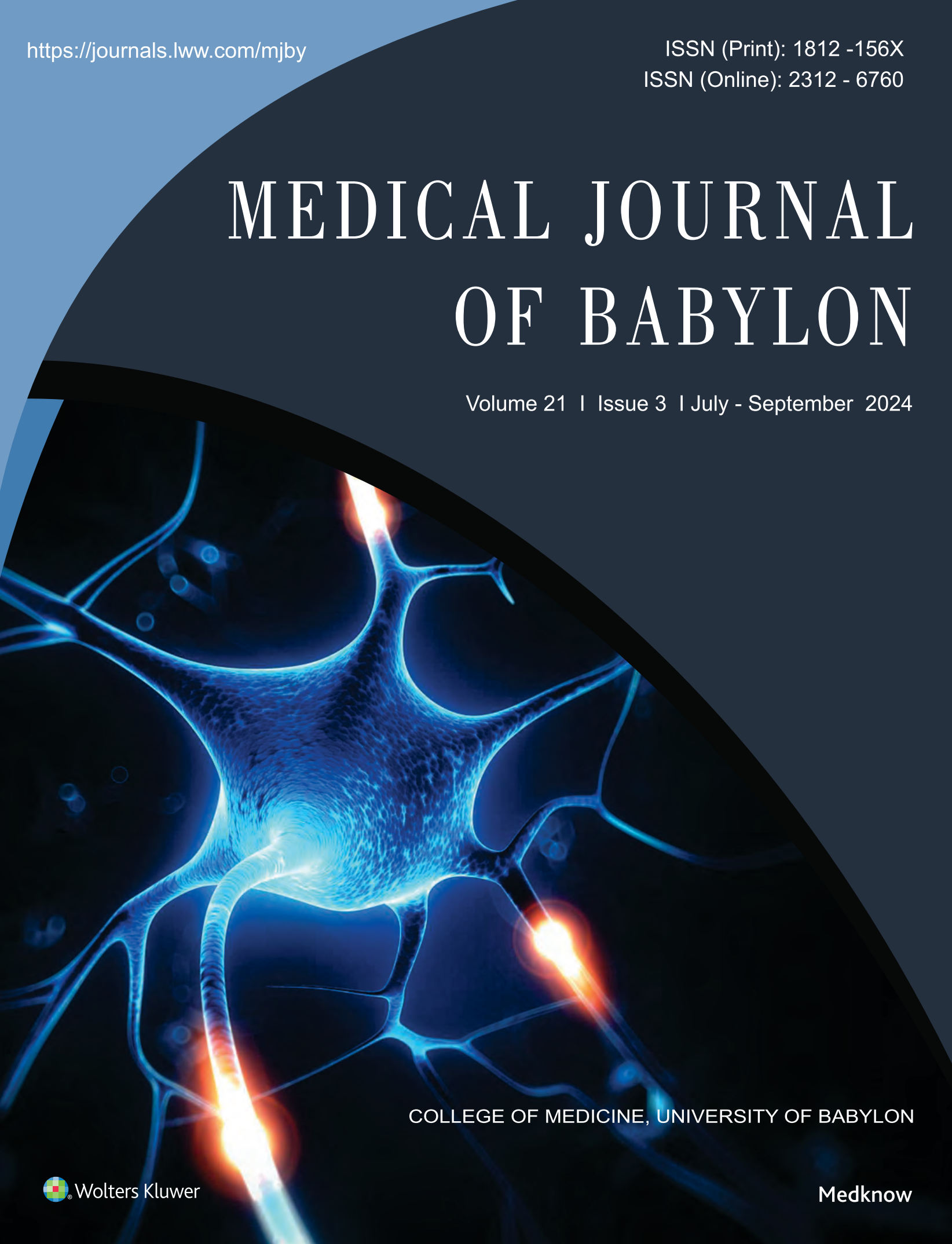Abstract
Background and Objectives: The healthcare industry is fast accepting the benefits of Internet of Medical Things (IoMTs) and
incorporating the services in day-to-day activity. The objective of this review was to comprehensively review the IoMTs, briefly revisit
the functioning architecture, classify, list the challenges and possible solutions, and suggest the future trends among IoMTs usage and
implementation. Materials and Methods: During April 2021, an extensive search for articles for Internet of Medical Things (IoMTs),
medical devices, Internet of Things (IoTs) with biosensors either in title or in keywords was done using PubMed, ScienceDirect,
Google Scholar, and Web of Science databases. Studies were categorized into two types: those evaluating the clinical outcomes of
IoMTs and those evaluating the technological basis of IoMTs. Results: IoMT architecture was reviewed under four headings: sensors,
IoT gateway/framework, machine learning, and reporting tools. IoMT classification based on place of usage (body centric IoMTs,
hospital IoMTs with point of care kiosks, and ubiquitous IoMTs), based on the system-wise application (cardiovascular, renal,
pulmonary, endocrine, medication) and based on outcomes (fitness-alone IoMTs, clinical grading and monitoring IoMTs, and remote
patient monitoring IoMTs) is proposed. Conclusion: IoMTs can be classified based on the place of usage into body centric, hospitalbased,
and ubiquitous systems. Classification based on the body systems and sensors aids in first-hand information about the existing
IoMTs. Challenges for effective implementation of IoMTs are interoperability, data privacy, security, regulatory, and infrastructural
costs. The future is promising for IoMTs with robust technological improvement and effective implementation.
incorporating the services in day-to-day activity. The objective of this review was to comprehensively review the IoMTs, briefly revisit
the functioning architecture, classify, list the challenges and possible solutions, and suggest the future trends among IoMTs usage and
implementation. Materials and Methods: During April 2021, an extensive search for articles for Internet of Medical Things (IoMTs),
medical devices, Internet of Things (IoTs) with biosensors either in title or in keywords was done using PubMed, ScienceDirect,
Google Scholar, and Web of Science databases. Studies were categorized into two types: those evaluating the clinical outcomes of
IoMTs and those evaluating the technological basis of IoMTs. Results: IoMT architecture was reviewed under four headings: sensors,
IoT gateway/framework, machine learning, and reporting tools. IoMT classification based on place of usage (body centric IoMTs,
hospital IoMTs with point of care kiosks, and ubiquitous IoMTs), based on the system-wise application (cardiovascular, renal,
pulmonary, endocrine, medication) and based on outcomes (fitness-alone IoMTs, clinical grading and monitoring IoMTs, and remote
patient monitoring IoMTs) is proposed. Conclusion: IoMTs can be classified based on the place of usage into body centric, hospitalbased,
and ubiquitous systems. Classification based on the body systems and sensors aids in first-hand information about the existing
IoMTs. Challenges for effective implementation of IoMTs are interoperability, data privacy, security, regulatory, and infrastructural
costs. The future is promising for IoMTs with robust technological improvement and effective implementation.
